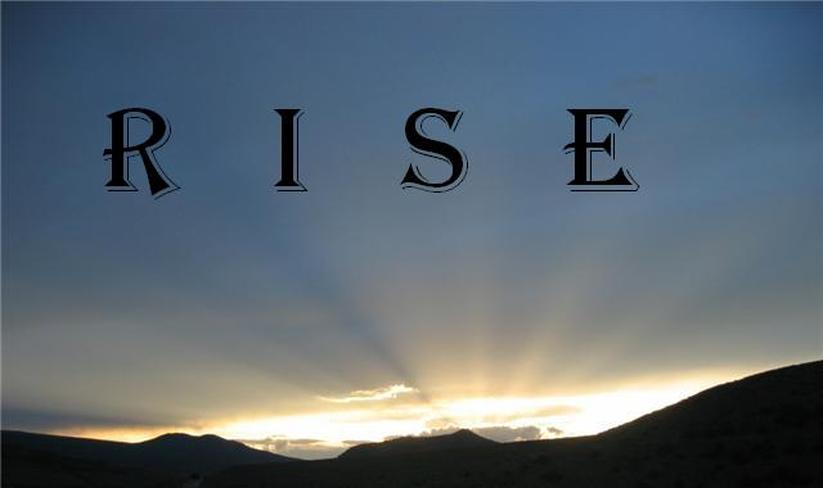The Rise and Fall of the Third Reich by William Shirer is worth reading but not as the sole source for understanding Nazi Germany. It offers a detailed narrative but contains inaccuracies and lacks modern historiographical perspectives. Readers should treat it as a historical account shaped by its time.
Shirer’s work, published in 1960, reflects post-World War II views but predates decades of scholarly research. Its reliance on wartime journalism and lack of access to some archival material limits accuracy. As a result, some interpretations appear distorted or outdated today.
For a more reliable and comprehensive understanding, newer scholarship offers better alternatives. Richard J. Evans’ Third Reich Trilogy – comprised of The Coming of the Third Reich, The Third Reich in Power, and The Third Reich at War – provides a thorough and well-contextualized overview. Published between 2003 and 2008, Evans’ works incorporate extensive archival research and updated historiographical insights. They treat Shirer’s account as one of many sources and critically evaluate it.
Those deeply interested in Adolf Hitler’s life and role during the era will benefit from Ian Kershaw’s two-volume biography of Hitler. It offers a detailed, balanced portrait based on extensive research and is widely regarded as a leading work.
To understand fascism beyond Nazi Germany, consider Robert Paxton’s Anatomy of Fascism and Stanley Payne’s History of Fascism, 1914-1945. These books analyze the broader political ideology and movements across countries during this period.
- Shirer’s book is readable but not fully reliable today.
- Evans’ trilogy offers updated, comprehensive coverage of the Third Reich.
- Kershaw’s Hitler biography adds detailed insight into the dictator’s life.
- Paxton and Payne provide broader context on fascism as a political ideology.
Is The Rise and Fall of the Third Reich by William Shirer Worth a Read?

Wondering if you should crack open William Shirer’s The Rise and Fall of the Third Reich? Let’s get straight to it: Yes, it’s worth a read, but with a critical eye and a good backup plan. This classic work offers an engaging narrative but falls short in some areas. It’s not the definitive source you might hope for if you want the most accurate and nuanced understanding of Nazi Germany.
Let’s explore why this book remains relevant, where it misfires, and what alternatives you should definitely consider for a more comprehensive grasp.
The Nostalgic Classic That’s a Bit Outdated

Published in 1960, Shirer’s book stands as a cornerstone in Holocaust and World War II literature. The sheer volume—over 1,200 pages—covers Germany’s rise from the wreckage of World War I to its catastrophic fall in 1945. The storytelling carries that “around-the-campfire” vibe, making history accessible and gripping.
However, here’s the catch. The Rise and Fall of the Third Reich has some inaccuracies and lacks the scholarly depth that later historians have provided. Some facts are distorted or presented with a dated perspective. Remember, Shirer was a journalist during WWII, closer to the story’s pulse but relying heavily on personal observation and the information available at the time—which was incomplete in several respects.
What’s more, the book sometimes leans into black-and-white portrayals, not capturing the complex motivations or broader social and economic contexts behind the Nazi regime’s rise. It’s like watching an old movie that hasn’t been remastered—still valuable, but missing some pixels.
So, What To Do? Use It, But Don’t Rely on It Alone

If you enjoy history narratives with drama and insider details, Shirer’s book serves well. You can get a good sense of the timeline and major events, especially if you’re a casual reader. But if your goal is to deeply understand the Third Reich, its social fabric, and ideological roots, you’ll need to dig deeper.
That’s why many historians and history buffs recommend pairing it with newer, more rigorous works that reflect recent scholarship and benefit from decades of additional research.
Meet the Real MVP: Richard J. Evans’ Comprehensive Trilogy

Enter Richard J. Evans and his acclaimed Third Reich Trilogy: The Coming of the Third Reich, The Third Reich in Power, and The Third Reich at War. Published between 2003 and 2008, this trilogy updates and refines our understanding of the Nazi era.
Evans takes a forensic approach, analyzing a vast array of primary sources, including those unavailable in Shirer’s day. His work contextualizes every major event and figure, offering a balanced and nuanced picture that respects complexity. Plus, he uses Shirer as just one among many sources, critically assessing its limitations.
If you’re thinking, “I want the best and most comprehensive coverage for the layperson,” Evans’ trilogy is likely your best bet. It’s detailed without being dry, and its recent scholarship means fewer distorted myths and outdated information.
Want More? Dive Into These Additional Recommendations

- Ian Kershaw’s Two-Part Biography of Hitler: For a deep dive into the man behind the Third Reich, Kershaw’s biography is widely regarded as the best. It reveals Hitler’s psychology and political maneuvers with crystal clarity.
- Robert Paxton’s Anatomy of Fascism and Stanley Payne’s History of Fascism, 1914–1945: Curious about fascism beyond Germany? These two books provide a broader look at fascist ideologies and movements across Europe, helping to understand how the Nazi regime fits into a wider pattern.
What Will You Actually Get from Shirer’s Book?

Think of Shirer’s work as a grand tour bus—sturdy, informative, yet a bit creaky in places. It gives you the main sights, the broad strokes: Hitler’s rise, the catastrophic war, final defeat. Its value lies in its storytelling power and firsthand observations from someone who actually lived through those years.
However, experts warn not to rely on it as your principal source. It doesn’t delve deeply into the economic, social, and cultural factors that shaped the era. The narrative can sometimes oversimplify or miss crucial context. You might get a hero/villain script that’s easy to follow but lacks subtlety.
Practical Tip: How to Approach This Reading
If you decide to read The Rise and Fall of the Third Reich, do so with curiosity and a grain of salt. Enjoy Shirer’s vivid account but supplement your reading with newer sources. For example, read Evans’ first volume or Kershaw’s Hitler biography alongside it.
This combination will help you spot where Shirer’s account misses the mark, turning a one-dimensional view into a multi-layered understanding. Plus, it’s fun to play detective with history!
Final Verdict
Is Shirer’s The Rise and Fall of the Third Reich worth a read? Absolutely, if you want an accessible narrative filled with eye-witness detail and dramatic storytelling. However, don’t treat it as your history bible. For the most accurate, detailed, and up-to-date perspective, pair it with modern scholarship—especially Richard J. Evans’ trilogy and Ian Kershaw’s Hitler biographies.
Curious: How do you prefer your history? Narrative, scholarly, or a juicy mix? Share your thoughts!




